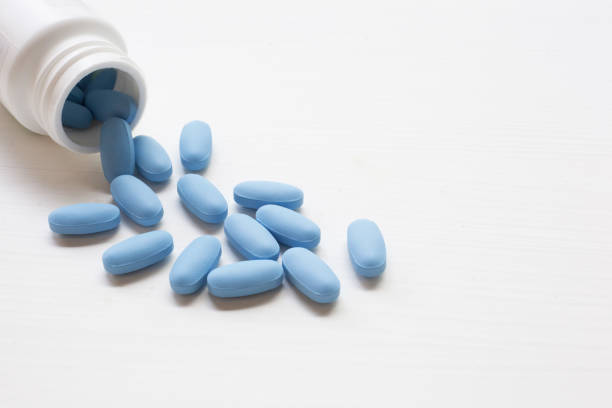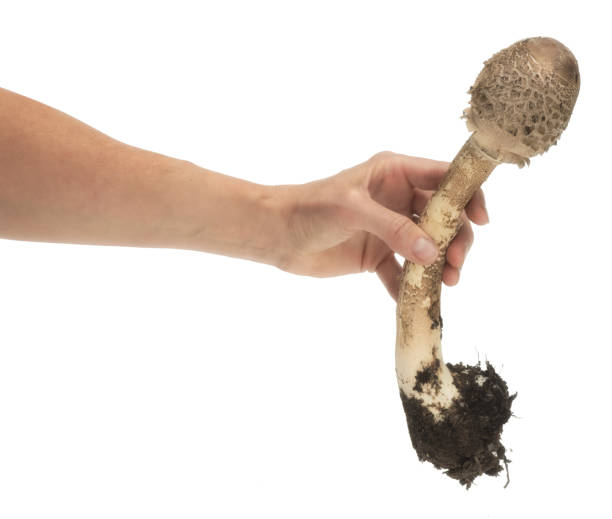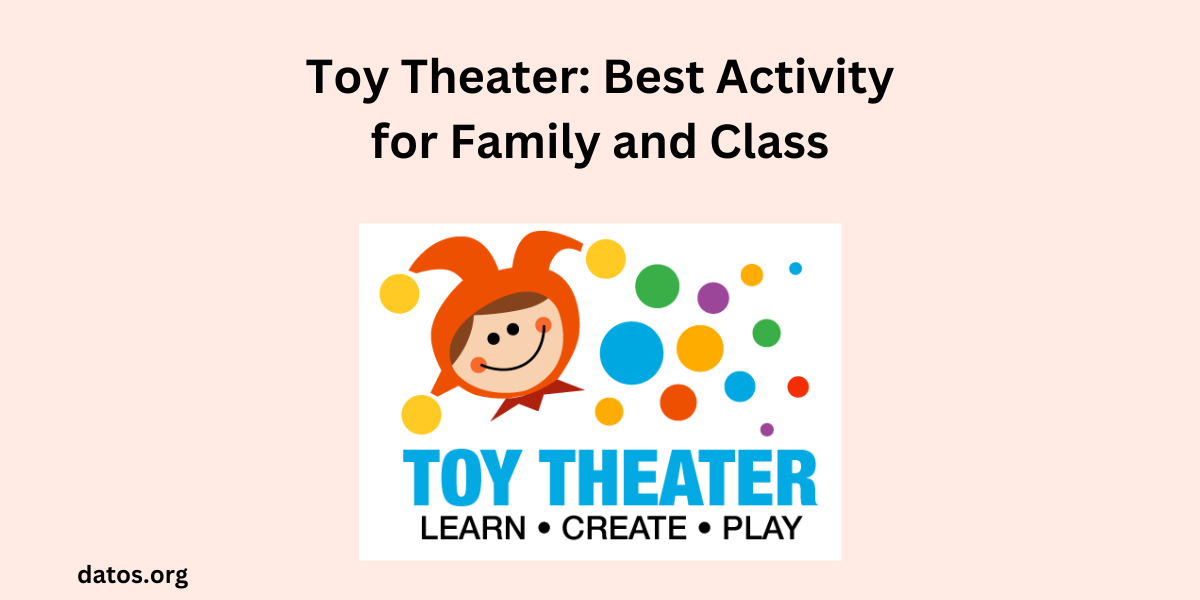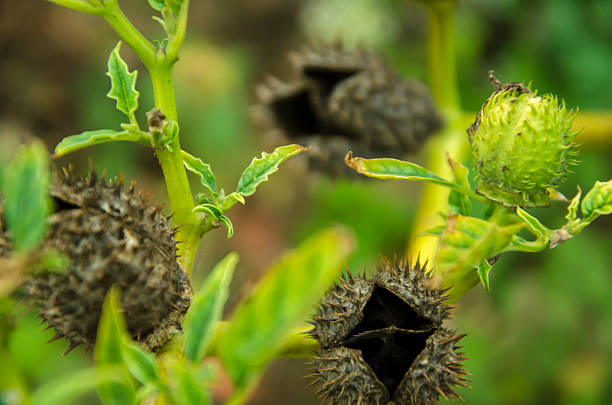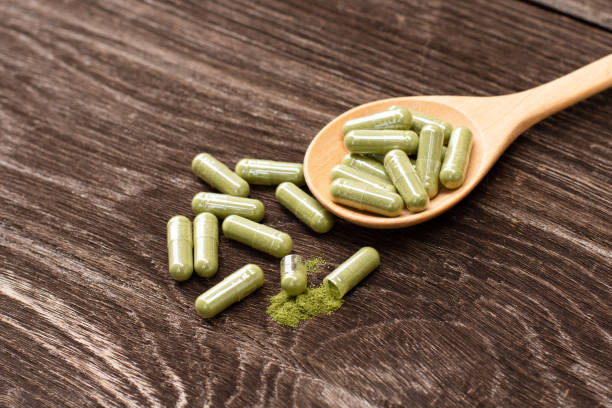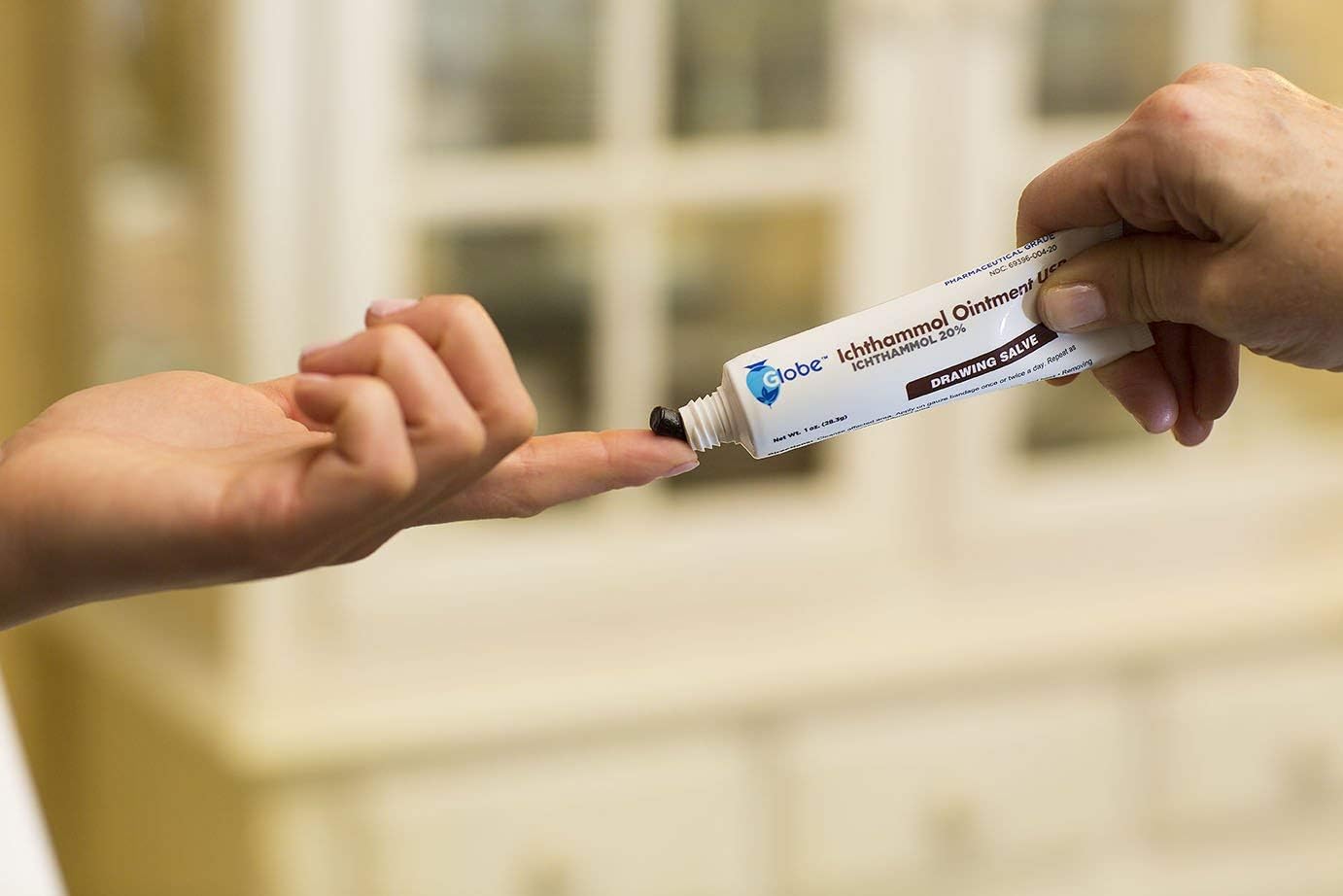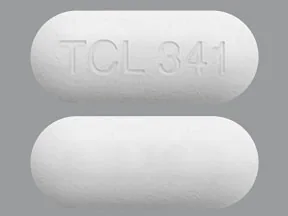M30s or Blues drugs are a big worry these days because they are strong and lead to opioid abuse and overdose deaths. These little blue pills are usually sold illegally as prescription painkillers like oxycodone or hydrocodone. However, they are fake pills made with a strong synthetic opioid, like fentanyl, that can be deadly even in small amounts.
NPF: Non-Pharmacetical Fentanyl PIlls and Opioid Pills are exacerbating the overdose problems in the USA. DEA, which stands for Drug Enforcement Administration, says that illegal fentanyl is mainly to blame for the ongoing opioid crisis in the country.
WIthout wasting any further time, let us dive deep into what are blues drugs and other relevant information.
Check Now: Drug Overdose Death Rates
- What are Blues Drugs?
- Dangers of Blues Drugs
- Risks of Social Media for Teens & Young People
- Opioid Addiction & Overdose
- Intervention and Prevention from Counterfeit Opioids
- Addiction to Opioids Signs
- Treatment for Opioid Addiction
- People May Also Ask
- What are blues drugs?
- What are the effects of blues drugs?
- What are the risks of blues drugs?
- How can I get help for blues drug addiction?
- What are the laws about blues drugs?
- How can I prevent blues drug abuse?
What are Blues Drugs?

There are fake opioid pills that contain fentanyl that are called Blue Drugs. They are called “Blues” because of their colour, but they are also known as “M30s” because they have an M and 30 stamped on them.
The fake pills are round, small, and blue, but sometimes they come in other colours like red, orange, and yellow. If they have multiple bright colours, they are called “rainbow” fentanyl.
People are worried because of their colour as there is a risk of taking them or children mistaking them for vitamins, candy, and other drugs.
Fentanyl is a strong painkiller made in a lab that works like morphine but is stronger. The Food and Drug Administration(FDA) has given it the green light for use as an anaesthesia and painkiller. However, it is more addictive and makes you dependent on it. When doctors prescribe it, they call it Duragesic(R), Actiq(R), and Sublimaze(R).
The National Institute of Drug Abuse, which is shortly known as (NIDA), says that man-made opioids are now the most common drugs causing overdose deaths in the USA.
Dangers of Blues Drugs
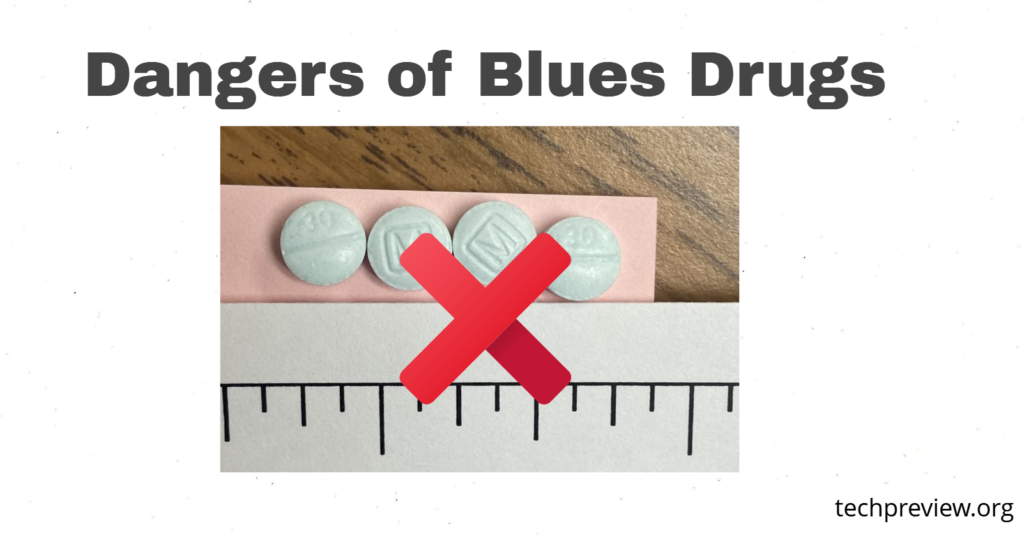
We have talked about what are blues drugs. Now, let us discuss about dangers of blues drugs. It is very dangerous to take any type of pills that are not prescribed by a doctor or pharmacy. Fake pills are sold as real prescription pills to fool people, but they usually have methamphetamine or fentanyl in them can be harmful.
These fake pills are easy to get, easy to buy, and can be found everywhere, which makes them more dangerous for everyone, including young people.
The DEA says that a number of fake pills are designed to look like real prescription drugs, like Percocet(R), Vicodin(R), Oxycontin(R), Adderall(R), and Xanax(R).
These M30s or blues are mainly dangerous because they can cause a deadly overdose of fentanyl. Even a small amount of fentanyl, as small as two mgs which is about the size of a mosquito, can be fatal.
According to the CDC, Centers for Disease Control and Prevention, the signs of fentanyl overdose like:
- Shallow or slow breathing
- Drowsiness or difficulty staying awake
- Inability to wake up
- Pinpoint pupils (pupils that appear very small)
- Cold, clammy skin
- Limp or weak muscles
- Bluish tint on lips or fingertips
If someone shows these symptoms, it is important to take immediate medical help, as a fentanyl overdose can be life-threatening.
If someone you care about has any of the symptoms that are mentioned above, then dial 911 or any emergency number in your locality. There is a medicine called naloxone that can quickly reverse the effects of opioid overdose or fentanyl. You can get naloxone at most pharmacies, and it is sold as Narcan.
Risks of Social Media for Teens & Young People
An article from Multnomah Country, which is a region in Oregon(Portland), talked about the growing worry about teens being at risk of drug overdoses caused by fake opioid pills.
The first reason for this is the rise of social media, Platforms like Instagram and Snapchat seem to be advertising these types of pills to teenagers, which makes them more accessible and sometimes cheaper than some other essential drugs.
Investigators are observing social media ads, mainly concerned about how this puts young people or teenagers in danger, as they are more like taking pills by swallowing them in the mouth than injecting them directly into your blood cells.
As per the article, officials are worried that people might be attracted to these blue pills as they are more acceptable and cheaper than other drugs like heroin or meth. Also, young people are less to have the medicine naloxone, which can save a life during an overdose.
Read More: Top 30 Advantages and Disadvantages of Social Media
Opioid Addiction & Overdose
Opioids are a type of drug that comes from a plant called opium poppy. Some opioids are made from the plant, whereas others are created in a lab by scientists like fentanyl. These drugs have the power to cause overdose and addiction.
Fentanyl acts by attaching to the opioid receptors in the body, which impacts parts of the brain responsible for emotions and pain. When opioids are used usually, teh brain adjusts and even alters its chemistry, which makes it harder for a person to feel pleasure from anything other than the drug.
Addiction happens when someone keeps using a substance and wants to use it, though it causes harm in their life. Addiction is the most serious form of substance use problem and changes from mild to severe.
Free Questions on Opioid Use Disorder
Intervention and Prevention from Counterfeit Opioids
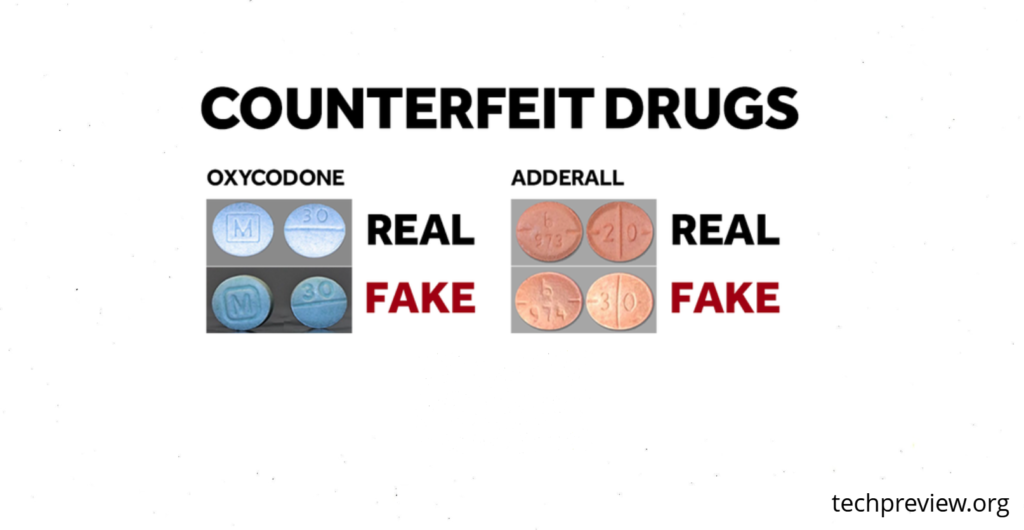
The best way to protect yourself from fake drugs is to avoid using them completely. Here are some ways to do that:
- Only take prescription medication that has been prescribed to you by a healthcare professional.
- Purchase medicines from reputable sources like licensed pharmacies.
- Be careful while buying medicines from online sources or vendors, as they may sell counterfeit drugs.
- Check the labelling and packaging of medicines for any sign of suspicious or tampering markings.
- Make yourself familiar with the appearance, markings, and shape of your prescribed medicines to easily identify any discrepancies.
- If you suspect a medication may be counterfeit, consult a healthcare pharmacist or healthcare professional.
- Educate yourself about the dangers of counterfeit the signs of overdose, and opioids. Know how to respond to an overdose situation and consider having (Narcan) naloxone available in case of any emergency.
- Keep in mind that your safety is important to prioritize your health by avoiding counterfeit opioids.
Moreover, if you use opioids, it is a good thing to have naloxone with you. Naloxone is a medicine that can reverse the effects of opioid overdose, and it is crucial to know how to use it properly in case of an emergency.
Addiction to Opioids Signs

It is important to be able to know the signs of opioid addiction so that the problem can be known and solved. Here are some common signs of opioid addiction:
- Cravings or wish to use opioids.
- Increased tolerance, needing higher doses of opioids to get the desired effect.
- Withdrawal symptoms when going to reduce or stop opioid use like sweating, nausea, restlessness, and anxiety.
- Ignoring responsibilities at school, work, or home because of opioid use.
- Spending energy and time getting opioids, using them, or recovering from their effects.
- Continuing using opioids rather than experiencing negative results like financial difficulties, relationship issues, and health issues.
- Loss of interest in hobbies or activities that were once enjoyable.
- Social isolation and withdrawal, preferring to spend time alone or with people who also use opioids.
- Changes in mood and behaviour, like agitation, irritability, or mood swings.
- Lying or being secretive about opioid use.
- If someone you know feels these signs, it is important to want help from a doctor or addiction specialist to address the opioid addiction and no treatment options.
Treatment for Opioid Addiction
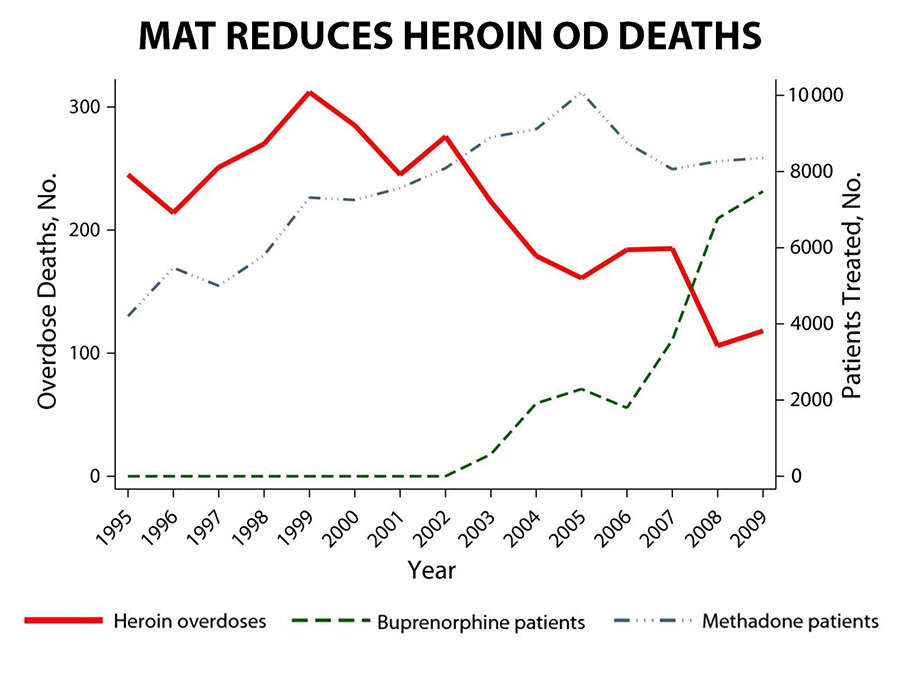
Dealing with the problem of counterfeit opioids and the rise of blue drugs is really crucial for public health because it has led to a rise in overdose deaths. To tackle this issue, it is important to learn about the signs and dangers of opioid addiction, protect ourselves from fake drugs, and need help from professionals or doctors for effective treatment.
If someone you care about is having problems with using opioids or dealing with addiction to opioids, Riverside Recovery of Tampa is there to help. You can reach teh admission today to find out more about opioid use disorder and the available treatment choices.
People May Also Ask
What are blues drugs?
Blues drugs are synthetic opioids that are usually prescribed for the relief of pain. They are mainly blue in colour, which is how they get their name. Some common and well-known blue drugs are oxycodone, hydrocodone, and fentanyl.
What are the effects of blues drugs?
Blue drugs can produce different effects like relaxation, euphoria, and pain relief. They can also cause side effects like vomiting, nausea, drowsiness, and constipation. In high doses of blue drugs, it can be fatal.
What are the risks of blues drugs?
The risks of blue drugs like overdose, addiction, and death. They are highly addictive, and people who abuse them can quickly develop a dependence. Overdose is also a serious risk, or even a small dose is harmful.
How can I get help for blues drug addiction?
There are a number of resources available to help people who are struggling with the addiction of drug addiction. These resources contain treatment support groups, treatment centres, and hotlines. If someone is struggling with blues drug addiction, you can ask for help.
What are the laws about blues drugs?
The laws about blues drugs change from state to state. In some states, blues drugs are classified as Schedule II controlled substances, which means they have the power for addiction and abuse. In other states, blues drugs may be categorized as Schedule III or IV controlled substances.
How can I prevent blues drug abuse?
There are a number of things you can do to prevent blues drug abuse. It may include:
- Know the risks of blues drugs.
- Talking or discussing with your children about the danger of drug abuse.
- Observing your children and their friends.
- Take the help of a doctor if someone is struggling with drug abuse.
- Lose Weight at Home: The Power of Virtual Programs
- Dupixent Injection: Uses, Dosage, Side Effects, Warnings
- Exploring Culinary Adventures For Intrepidfood.eu Richness
- BlueFire Wilderness Therapy Reviews: An In-depth Exploration
- SSM Smart Square Account Login, Troubleshot, Forgot Password
- Smart Square KUMC/ TUKH Login, Troubleshot, Forgot Password
- What is Farmapram? (Mexican Xanax)
- Say Goodbye to Sciatica: Proven Tips and Tricks to Relieve Pain
- Mexican Xanax: Everything You Need to Know About Farmapram
- The Heart Block Poem

